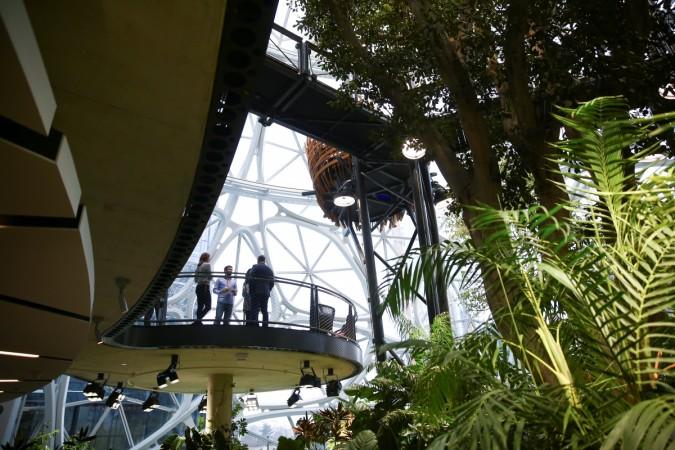
It is possible to improve the quality of indoor air and cut out pollution and toxic particles inside buildings with plants, but the right type of plants must be used. Using plants indoors can also cut energy costs.
Plants have several air cleaning qualities apart from simply absorbing carbon dioxide- they can create humidity by transpiring water vapor through microscopic pores on leaves and they can even passively absorb pollutants through their leaves as well as the plant-root systems. However, for the most part, plants, especially indoor plants are chosen primarily for their looks and ease of maintenance.
"For most of us plants are just a decorative element, something aesthetic, but they are also something else," says Frederico Brilli, a plant physiologist at the National Research Council of Italy- Institute for Sustainable Plant Protection, reports ScienceDaily. He and a team of researchers conducted a review where they found that a surprisingly small amount of research has gone into research regarding the effects of plants and indoor air quality. The report mentions that NASA did conduct some research in the 1980s, but since, modern research methods have not been applied to this field.
There is a need for research, say Brilli and his team, on how to "optimize the use of plants indoors, in terms of how many plants per square meter we need to reduce air pollution to a certain level." this includes a deeper look into plant microbiomes –population of microorganisms that live alongside plants in the soil– they are known to play a part in absorbing pollutants, but some microbiomes could also negatively affect the health of humans. This is why there needs to be more research into this field.
While it is unlikely that indoor plants will completely replace heating, ventilation, and air conditioning systems around the world, scientists do argue that a mix of plants and technology that includes sensors and integrating them with the right indoor flora could be the way forward. Considering how people in industrialized nations spend over 80 percent of their waking hours indoors, inside airtight buildings that feed, machine filtered air through vents. Being airtight makes it easier for machines to control the temperature inside and saves on electricity, but it can turn hazardous when the particulate matter that includes toxic gases, and even organic compounds like ozone, carbon monoxide gets trapped inside, notes the report.









